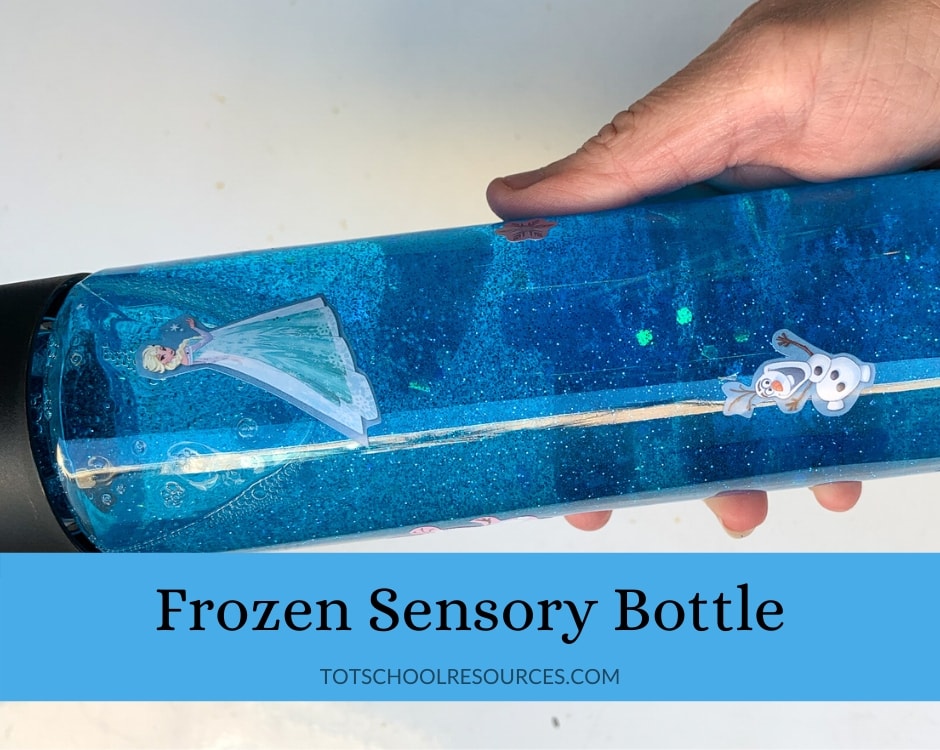Bird Nest Sensory Bin {Spring Activities for Kids}
A Bird Sensory Bin is always a popular choice when the weather warms up. Children can explore with all their senses while being engaged in active and meaningful play!
A conversation about birds is a great way to start your spring nature studies with your child.
Birds are fun and fascinating, either in the early spring when there are newcomers or in the fall when you have a backyard bird feeding.
Use this sensory bin alongside bird-themed preschool activities, books, and crafts for springtime preschooler fun.

This post contains affiliate links. If you make a purchase after clicking one of my links I may earn a commission at no additional cost to you.
How to Make a Bird’s Nest Sensory Bin
Supplies
You can really use most anything in your bin with the birds. Take a nature walk and have your kids help collect things they think a bird could use to build their nest.
- plastic shoe box or bin with lid
- small faux feathered crafting birds
- assorted sticks and twigs
- dried and fresh leaves
- dried crafting straw/grass
- assorted pieces of yarn or string
- other dried fillers such as ripped paper, cardboard
- You can also check your local dollar store for other items that might work for this bin, such as ribbon, scrapbook paper, small stones, etc.
Use a wide variety of things that all feel different to make this a very tactile sensory bin. Some things can be soft, some rough, prickly, or smooth.

Directions
1 – Start by grouping all of the items together. Take a little of each item and place it in the bin. You do not need to mix all the things yet.
2 – Make your nests by squishing some of the leaves, crafting straw, twigs, and yarn into a ball shape. Next, you can flatten this shape and place small pieces of paper and sticks on the surface to give it a bird’s nest shape.

3 – Continue molding the ingredients until you have something that looks like a nest.
4 – The bird can now be added to the nest, and you can then discuss the materials you used to make it.

5 – Once you have completed your nest, you can store it safely in your bin or gather from the bin more materials to make a new one.
6 – Try using different materials to see which works best!
Books for Preschoolers about Birds
Little Critter: Just a Baby Bird (My First I Can Read)

This easy-to-read book is a great book to share with your toddler. The text is straightforward, simple, and repetitive, making this an ideal first book.
The book also illustrates that the bird was in excellent hands thanks to the family that found it.
This book also shows invaluable lessons about caring for nature and the world around us.
Bird Builds a Nest: A First Science Storybook

This second book takes children through the entre process, and struggle, of building a nest.
The bird pulls worms out of the ground, struggles for twigs light enough to carry then builds a nest with twigs, feathers, and grass. Just like they did with their nest.
Finally, the bird lays five speckled eggs, which hatch into baby birds.
This beautiful picture book helps children understand the concept of pushing, pulling, moving, and dropping.
This book offers a charming story that combines a bird’s life with a little bit of science.
This book can serve as an excellent addition to classroom libraries and home libraries. It provides nature-related facts that are both interesting and easy to understand for little learners.
Learning Opportunities
Exploring the feeling of touch
Birds use a large variety of things to build their nest. So hopefully you have a wide variety of nest building items in your sensory bin.
As you build your nest you can talk about what the different items feel like. Are they rough or smooth. Are some heavier than others.
This is a great activity for exploring that sense of touch.
Observe bird’s nest on a nature walk
A nature walk is a fun way to introduce how birds make nests, migration, and how birds care for their babies.
There is no doubt that children are naturally curious and enjoy exploring and drawing connections with the world around them.
While on the walk, they can try bird-spotting and think about the sensory bin they made while looking for bird nests in nature.
The fact that there are birds everywhere will make this will be an enjoyable experience for them. They won’t have to look too hard to find a bird, but a bird’s nest might be a little more tricky.
Talk about things in a bird’s nest as you play with the sensory bin
Sensory Bins are excellent for introducing children to ideas and new themes.
Since children are using all of their senses during the activity, it provides valuable opportunities for them to learn as they play.
There are many kinds of birds throughout the world that can be found in different habitats. Each one has its own characteristics, such as feeding patterns and breeding habits. There are so many ways to include birds in your sensory bin by expanding to different birds and different habitats.
Children ages 2 and up will love to learn about birds with this sensory bin. They can also be able to retell stories about birds and bird nests while playing with the bird sensory bin.
Have fun and let your kids imagination be the only limitation!
Follow us on Instagram @totschoolresources for more great crafts and activities for kids.








